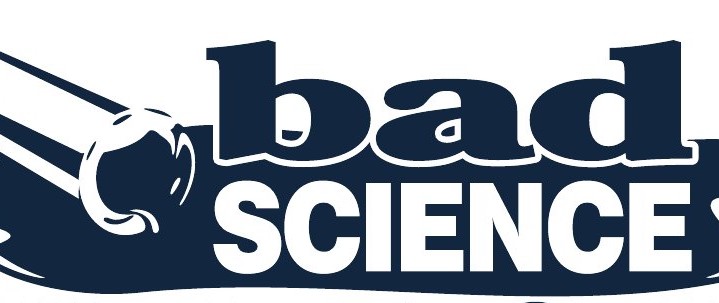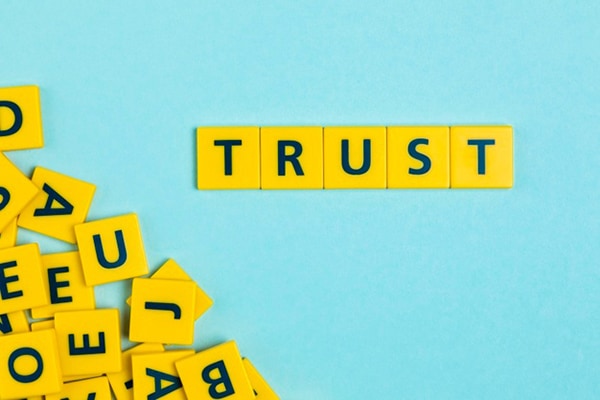
These are abnormal times that we live in. The Covid-19 pandemic, has turned our world so upside down that two years later, we are still reeling from the fatal blows it has dealt us – mental, physical and economic. However when unrealistic metrics are applied in dealing with business unusual, we tend to run a thin line between being logical and reasonable versus being practitioners of a kind of voodoo science and its attendant economics.
First, what do we know about Covid-19? We know that Covid-19 is one of the viruses that belong to a family commonly referred to as corona viruses (coronaviridae). Other corona viruses of the same family that have recently caused outbreaks of concern , even if these were limited geographically, include Severe Acute Respiratory Syndrome (SARS-Cov) in 2003 and Middle East Respiratory Syndrome (MERS-Cov) in 2012. Covid-19 (named so by the World Health Organization in 2019) is a disease caused by a virus that has been named as SARs-Cov-2.
We also know that scientists first identified a human coronavirus in 1965. It caused a common cold. Thus corona viruses have been with us for sometimes and can be lethal as SARS-Cov-2 has proven. As is common with most viruses, there is no known cure for Covid-19. The best defence against it is based on observing what are now commonly referred to as standard operating procedures (SOPs). These include maintaining a safe distance from others (at least 1 metre), wearing a mask in public, especially indoors or when physical distancing is not possible, staying in open, well-ventilated spaces, cleaning your hands often or using soap and water, or an alcohol-based hand rub. The best way to protect oneself from getting sick from Covid-19 (as with most viruses) is to get vaccinated. There are no known cures for viral infections. At best the body will develop antibodies to fight off the disease.
Lastly and perhaps most importantly, we know that one can catch Covid-19 at any time, be it day or night time. Most human interactions take place during the day and not at night. In underdeveloped societies like ours, many people live in very close proximity to each other and do not observe SOPs. In day markets, on public transport and other common use facilities which are frequented during day time, the risk of passing on Covid-19 is very high. There has also been a great level of communal interaction at burials, funeral rites and at political rallies (that is why they are called super spreader events).
Apart from also knowing all these things, and having developed good tracking systems for infections, the powers that be have continued to insist that we maintain a night time curfew. Not only is the curfew detrimental to our aforesaid mental, physical and economic well-being, it serves no out rightly discernible objective considering the facts. Thus one can only assume that the arguments for maintaining the curfew originate in the sphere of a voodoo science (and economics) rather common sense.
If one were to venture into this underworld what would they find? I can only surmise regarding the reasons for the maintenance of the curfew. First is that there is an economic benefit derived by specific parties in the maintenance of the curfew. By obtaining budget allocations to fund ‘preventive and surveillance operations’ these parties cannot be in a hurry to recommend the removal of the curfew. Never mind the damage to livelihoods caused by their stance, the curfew and closure of institutions must be upheld. Second, is probably that having come out of a hotly contested election and its attendant bad blood, the curfew becomes a tool for suppressing further political contestation by applying a near martial condition, involving the restriction of movement and certain activities.
One need not be a scientist to understand the basic epidemiological issues and our actual capacity to contain Covid-19. It can only be a voodoo approach dictating the current status quo.
Samuel Sejjaaka is Country Team Leader at Mat Abacus Business School. Twitter @samuelsejjaaka.



